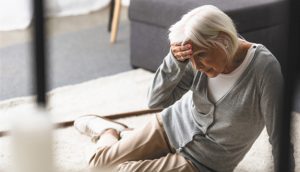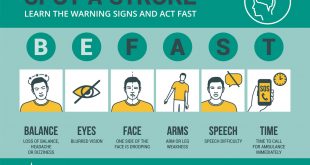By Premier Foot & Ankle Specialists


Identifying and treating patients at risk for falls is a multidisciplinary approach. Podiatrists, physical therapists and primary care physicians should all be part of the treatment team that actively connects with their at-risk patients. Asking about near falls or recent falls is essential since independent seniors may be anxious about divulging their missteps to their medical providers for fear of the repercussions. Podiatric assessment is critical in patients with balance disorders as a study found that 36 percent of seniors in the study had significant foot and leg problems and compromise in balance function. Other studies have linked significant fall risks with foot and ankle problems. These foot and ankle conditions include: peripheral neuropathy, hammertoes, bunions, muscle weakness, tendon contractures, flatfoot and ankle instability. The previous conditions can all be identified and treated by a podiatrist along with identification and education of proper shoe gear.
Treatment programs that educate patients and their family members or caretakers is essential. Eliminating home obstacles and rugs, promoting exercise and strength training, obtaining proper shoe gear and addressing sensorimotor deficits area all crucial. Prescription, casting and fitting of ankle foot orthoses (AFOs) including a Moore Balance Brace can be done by a podiatrist. AFOs for fall prevention have been well documented in elderly patients post-stroke and those with lower extremity conditions and deficits.
Fall risk patients may self-restrict their activities which can lead to further decompensation and deconditioning. For better long-term outcomes, these patient’s need to overcome this loss of confidence. AFOs can help provide a better ambulation and higher quality of life by restoring confidence along with gait speed and functional improvement.
Over the counter AFOs are available but there is evidence that shows custom dynamic (allow motion) AFO devices which maximize arch contour and leg surface area can show immediate clinical improvement. Furthermore, over the counter AFOs are typically static (limit motion) and can potentially cause increased limitations and do not perform well functionally.
Dr. Roggow and Dr. Bonjorno are trained to help prevent complications from falls and correct problems before they arise! We are happily taking new patients, of all types, and look forward to meeting you!
PREMIER FOOT & ANKLE SPECIALISTS
(941) 488-0222
premierfootandanklefl.com
4120 Woodmere Park Blvd, Suite 5, Venice, FL 34293
 Southwest Florida's Health and Wellness Magazine Health and Wellness Articles
Southwest Florida's Health and Wellness Magazine Health and Wellness Articles

